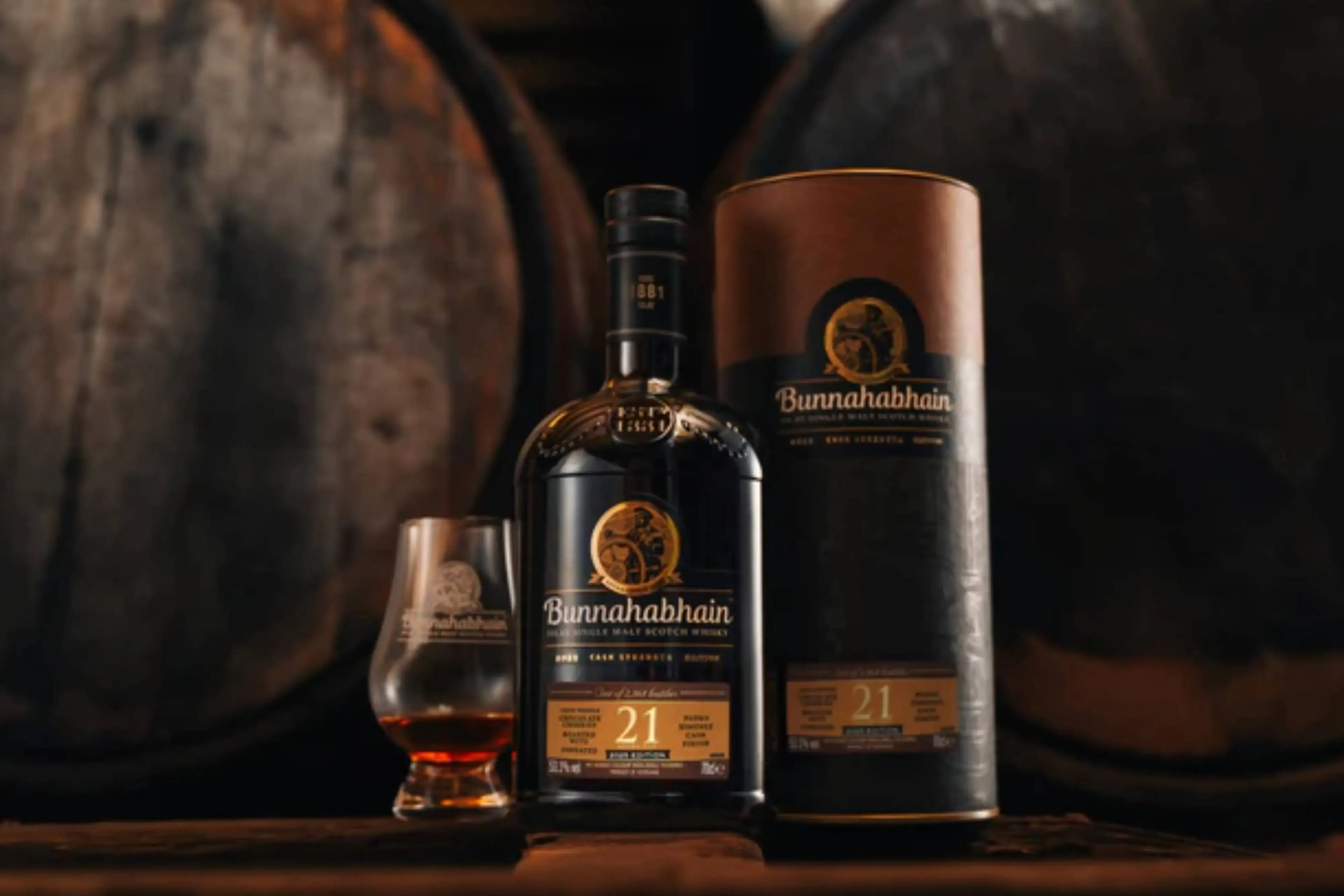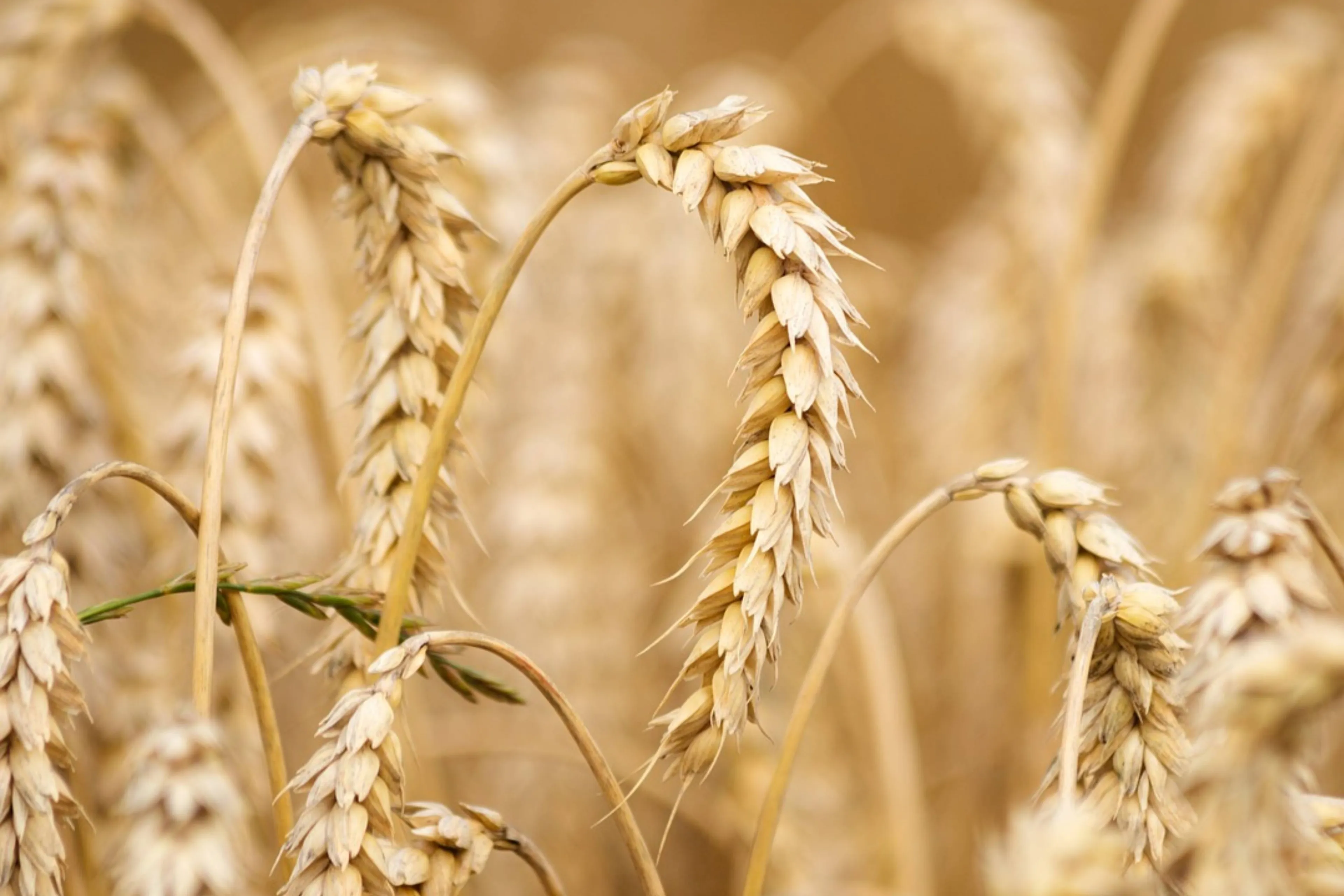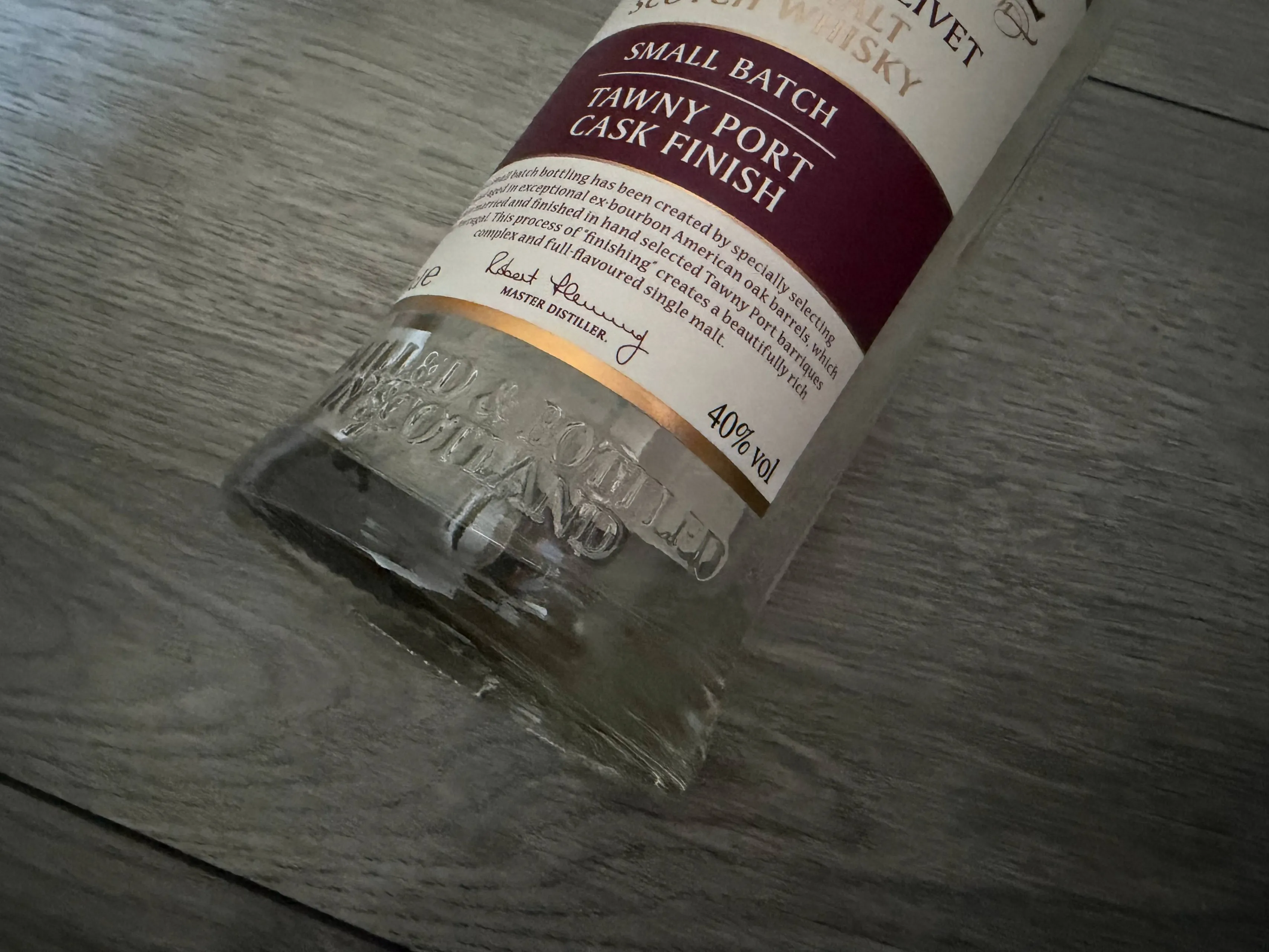
It’s Tuesday, which means it’s time for a new Did you know? This time we’re talking about ABV: alcohol by volume. Because did you know this term is used all the time in the whisky world?
ABV stands for Alcohol by Volume. It indicates the percentage of alcohol in a bottle of whisky, expressed as a percentage by volume. For example: an ABV of 40% means that in every 100 mL of liquid, 40 mL is pure alcohol.
Where does it come from?
Measuring alcohol content used to be mainly about taxes and quality: the stronger the drink, the higher the tax or the bolder the flavor.
The modern definition of ABV states that it’s the ratio between the volume of ethanol (at a given temperature) and the total volume of the liquid.
In the whisky world, this standard became important because there are often legal minimums (for instance, a whisky must be at least 40% ABV to be labeled as whisky).
The ABV percentage gives you an instant idea of how powerful a whisky is. Both in terms of alcohol and flavor intensity. A lower ABV often makes a whisky easier to drink and more approachable, while a higher ABV typically brings more aroma and more punch on the palate.
Read also
What alcohol percentages do you see in whisky?
In general, standard whisky is bottled around 40% ABV. This is often the minimum for the spirit to qualify as whisky.
But you’ll also find plenty of bottles at 46% or higher, and then there’s the category of so-called cask strength whiskies. These are bottled straight from the cask at a significantly higher strength (often 50% or more). In short, when you open a bottle and see something like “ABV 43%,” you know that bottle contains 43% alcohol. The rest is water plus flavor compounds. So pay attention to the ABV on the label next time you buy a bottle or give one as a gift.
FAQ
- What does ABV mean?
ABV tells you what percentage of a drink is pure alcohol. The higher the percentage, the stronger the drink.
- How is ABV measured?
ABV is calculated by determining the ratio of alcohol to the total amount of liquid, typically using distillation or hydrometers.
- Why is ABV important on a label?
It helps you gauge how strong a drink is, how much you’re consuming, and how to compare different drinks.
Read also
loading
POPULAR NEWS
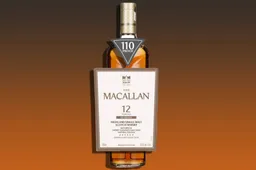
The Macallan Releases a Whisky Bottled at a Remarkably High ABV

Black Friday 2025 Whiskies at The Whisky Exchange: Don't Miss These Deals

This Brand-New Whisky Distillery Was In Serious Trouble and No One Noticed
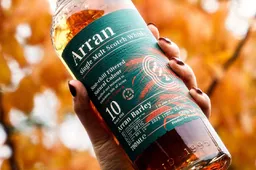
Arran Launches a New Whisky Series with an Exceptionally Fruity Single Malt
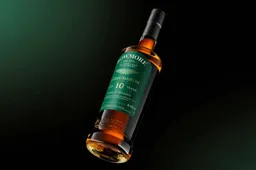
Why Aston Martin Is Suddenly Easing Off the Whisky and Betting Big on Tom Holland
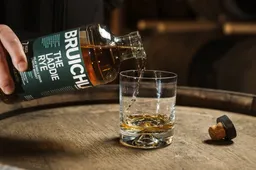
Bruichladdich debuts a new rye whisky, but you won’t find it everywhere

Is Whisky Still a Smart Move in 2025? 5 Reasons It Still Makes Sense

Highland Park's Latest Whisky is Both Floral and Formidable

Top 10 Speyside Whiskies to Buy Now or Gift Someone

The Hearach Whisky Gets a Stylish Twist, Courtesy of Sunspel
LATEST COMMENTS
- Hi Yvonne, Thank you for your response and for sharing the video. Unfortunately, the evidence you referred to consists only of two people talking about the whisky, without any explanation or identification. We have not spoken to the individuals in the video ourselves, nor can we verify who they are. We describe it as a Chinese whisky because it is released by a Chinese distillery. As you mentioned, the distillery has chosen to label the product as “pure malt” instead of “Chinese whisky.” Based on that, we do not believe they are doing anything illegal.M0nkey16-11-2025
- So - you have the proof......where's your write up?Yvonne16-11-2025
- You are absolutely right. Luckily that doesn't matter for the taste of the whisky. Have you tried it yet?M0nkey05-11-2025
- Guess what? Finland is not part of Scandinavia.Gray105-11-2025
- Throw in the towel? You mean restructure to compete and win in a challenging industry environment.WestwardFounder21-10-2025
- There is nothing legally to prevent the English whisky GI from coming into force, it complies with all the relevant laws and the single malt definition follows the precedent of Welsh whisky and US whiskyChefBear15-10-2025
- Three emails sent (two with videos, linked to a Google Drive Share). 1. The original video. 2. The video with subtitles as it was shared on YouTube 3. Screen grab of the YouTube channel where the video was blocked due to Pernod Ricard lobbying. The story was covered on Drinks Intel at the time - link here - https://drinks-intel.com/subscriber-news/pernod-ricards-the-chuan-pure-malt-whisky-not-sourced-solely-from-china-global-drinks-intel-exclusive/Yvonne10-10-2025
- Hi Yvonne, Thank you for your interesting comment. Could you share your copy with us, so we can adjust our item accordingly? Mail us at [email protected]. Thank you in advance.M0nkey09-10-2025
- Let's keep this factually correct. Pernod Ricard DID NOT release a Chinese whisky. Their first output from The Chuan (the name of the distillery in Sichuan, China) wasn't fit for bottling. What they actually bottled was imported Scotch whisky. This is why the product is called "PURE MALT" and not "Chinese Whisky" - because Pure Malt is not a regulated term - this is not a secret. This was exposed about a week after they released it. There were even videos about their own staff on site admitting it was made from imported whisky - which Pernod Ricard got the lawyers onto to get the video pulled. I've got a copy if you want it.Yvonne09-10-2025
Loading

